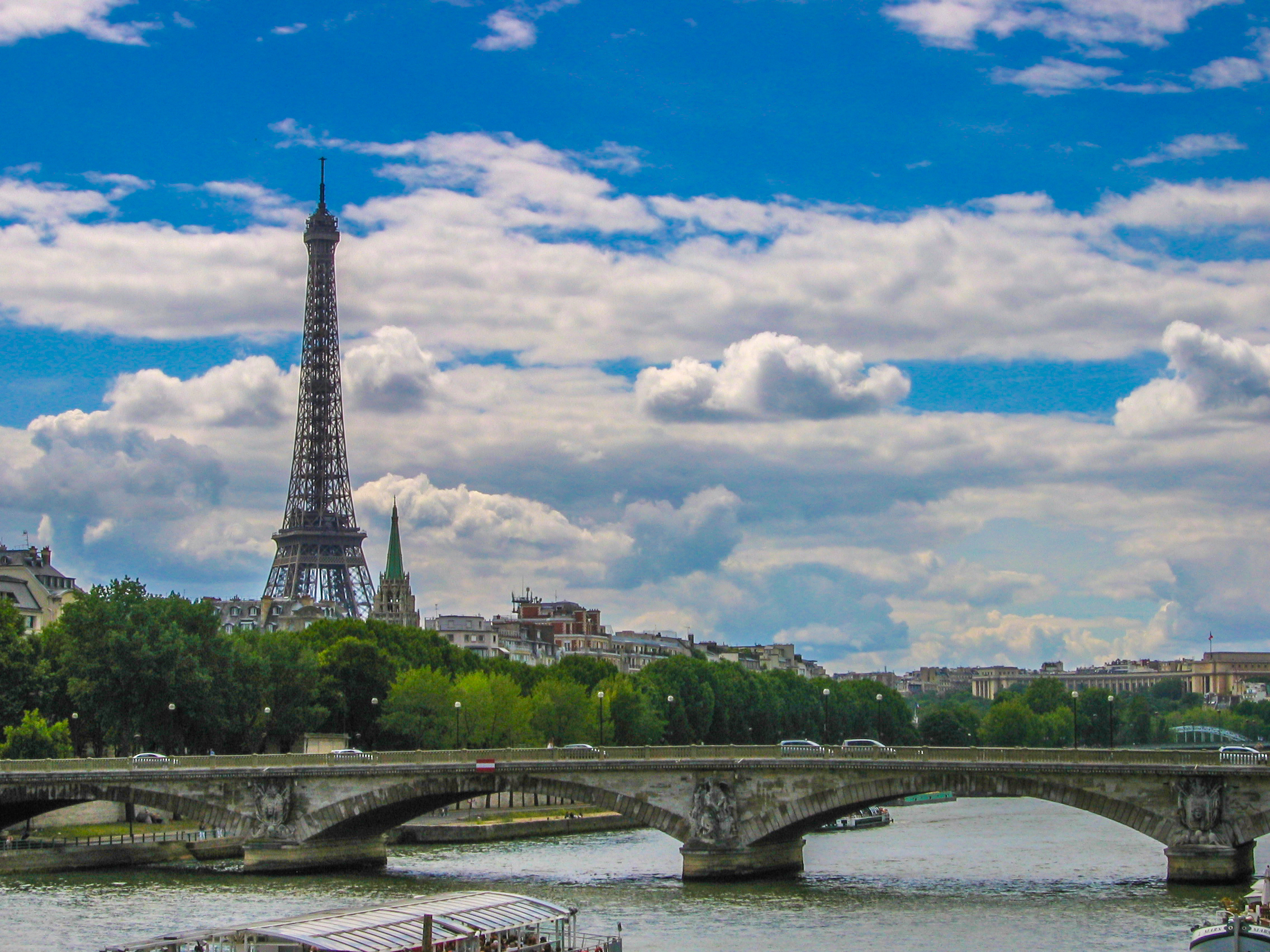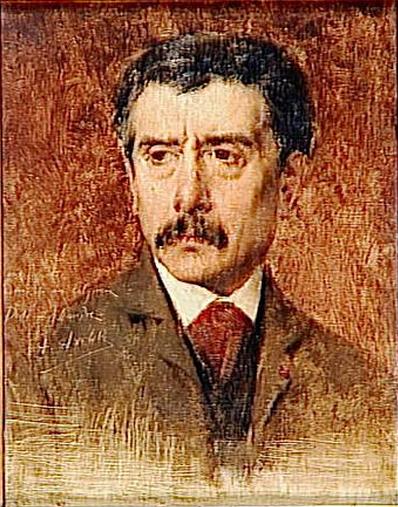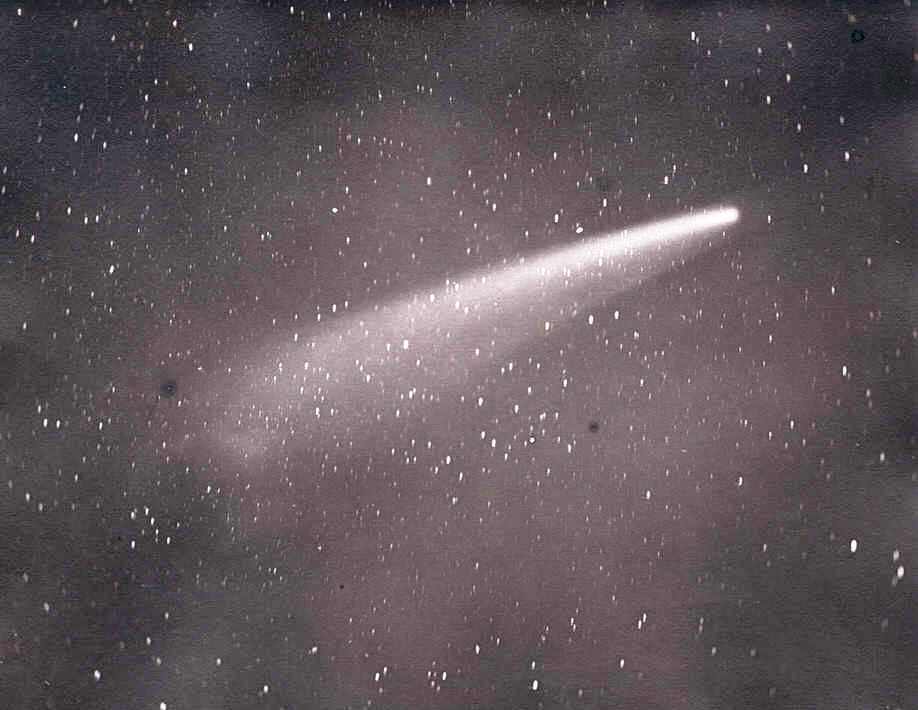|
Théâtre Des Arts De Rouen
The Rouen Opera House, formally known as Rouen Normandy Opera House - Theatre of Arts (French: ''Opéra de Rouen Normandie - Théâtre des arts'') is a French opera house located in Rouen, Normandy. It is home to the Rouen Philharmonic Orchestra. It operates a portfolio of concert venues including its headquarters, known as the Théâtre des arts, and the Chapelle Corneille. It is situated next to the Métro and TEOR station ''Théâtre des arts''. Former halls The first hall was built between 1774 and 1776 by François Guéroult.Pierre Frantz et Michèle Sajous d'Oria, Le siècle des théâtres, Paris, Paris bibliothèques, 1999, . It was located near today's ''Grand-Pont'' and ''Charrettes'' Streets.« L'Opéra de Rouen: un théâtre-béton » dans ''Côté Rouen'', No. 83, 5 au 11 décembre 2012, . The hall, known as the ''Théâtre des Arts'', was inaugurated on 29 June 1776 with a performance of Corneille's tragicomedy ''Le Cid''. Unfortunately, the entire building ... [...More Info...] [...Related Items...] OR: [Wikipedia] [Google] [Baidu] |
Opera House
An opera house is a theater building used for performances of opera. Like many theaters, it usually includes a stage, an orchestra pit, audience seating, backstage facilities for costumes and building sets, as well as offices for the institution's administration. While some venues are constructed specifically for operas, other opera houses are part of larger performing arts centers. Indeed, the term ''opera house'' is often used as a term of prestige for any large performing arts center. History Greco-Roman antiquity Based on Aristoxenus's musical system, and paying homage to the architects of ancient Greek theater, Vitruvius described, in the 1st century BC, in his treatise ''De architectura'', the ideal acoustics of theaters. He explained the use of brazen vases that Mummius had brought to Rome after having had the theater of Corinth demolished, and as they were probably used in the Theater of Pompey. As wooden theaters were naturally sonorous, these vases, placed betwe ... [...More Info...] [...Related Items...] OR: [Wikipedia] [Google] [Baidu] |
Theater (building)
A theater, theatre or playhouse, is a structure where theatrical works, performing arts, and musical concerts are presented. The theater building serves to define the performance and audience spaces. The facility usually is organized to provide support areas for performers, the technical crew and the audience members, as well as the stage where the performance takes place. There are as many types of theaters as there are types of performance. Theaters may be built specifically for certain types of productions, they may serve for more general performance needs or they may be adapted or converted for use as a theater. They may range from open-air amphitheaters to ornate, cathedral-like structures to simple, undecorated rooms or black box theaters. A thrust stage as well as an arena stage are just a few more examples of the multitude of stages where plays can occur. A theatre used for opera performances is called an opera house. A theater is not required for performance (as in env ... [...More Info...] [...Related Items...] OR: [Wikipedia] [Google] [Baidu] |
Buildings And Structures In Rouen
A building or edifice is an enclosed structure with a roof, walls and windows, usually standing permanently in one place, such as a house or factory. Buildings come in a variety of sizes, shapes, and functions, and have been adapted throughout history for numerous factors, from building materials available, to weather conditions, land prices, ground conditions, specific uses, prestige, and aesthetic reasons. To better understand the concept, see ''Nonbuilding structure'' for contrast. Buildings serve several societal needs – occupancy, primarily as shelter from weather, security, living space, privacy, to store belongings, and to comfortably live and work. A building as a shelter represents a physical separation of the human habitat (a place of comfort and safety) from the ''outside'' (a place that may be harsh and harmful at times). buildings have been objects or canvasses of much artistic expression. In recent years, interest in sustainable planning and building prac ... [...More Info...] [...Related Items...] OR: [Wikipedia] [Google] [Baidu] |
Seine (river)
The Seine ( , ) is a river in northern France. Its drainage basin is in the Paris Basin (a geological relative lowland) covering most of northern France. It rises at Source-Seine, northwest of Dijon in northeastern France in the Langres plateau, flowing through Paris and into the English Channel at Le Havre (and Honfleur on the left bank). It is navigable by ocean-going vessels as far as Rouen, from the sea. Over 60 percent of its length, as far as Burgundy, is negotiable by large barges and most tour boats, and nearly its whole length is available for recreational boating; excursion boats offer sightseeing tours of the river banks in the capital city, Paris. There are 37 bridges in Paris across the Seine (the most famous of which are the Pont Alexandre III and the Pont Neuf) and dozens more outside the city. A notable bridge, which is also the last along the course of the river, is the Pont de Normandie, the ninth longest cable-stayed bridge in the world, which links Le ... [...More Info...] [...Related Items...] OR: [Wikipedia] [Google] [Baidu] |
Block And Tackle
A block and tackle or only tackle is a system of two or more pulleys with a rope or cable threaded between them, used to provide tension and lift heavy loads. The pulleys are assembled to form blocks and then blocks are paired so that one is fixed and one moves with the load. The rope is threaded through the pulleys to provide mechanical advantage that amplifies the force applied to the rope. Hero of Alexandria described cranes formed from assemblies of pulleys in the first century. Illustrated versions of Hero's ''Mechanica'' (a book on raising heavy weights) show early block and tackle systems. Overview A block is a set of pulleys or sheaves mounted on a single frame. An assembly of blocks with a rope threaded through the pulleys is called tackle. The process of threading ropes or cables through blocks is called "reeving", and a threaded block and tackle is said to have been "rove". A block and tackle system amplifies the tension force in the rope to lift heavy loads ... [...More Info...] [...Related Items...] OR: [Wikipedia] [Google] [Baidu] |
Nazi
Nazism (), formally named National Socialism (NS; , ), is the far-right politics, far-right Totalitarianism, totalitarian socio-political ideology and practices associated with Adolf Hitler and the Nazi Party (NSDAP) in Germany. During Hitler's rise to power, it was frequently referred to as Hitler Fascism () and Hitlerism (). The term "neo-Nazism" is applied to other far-right groups with similar ideology, which formed after World War II, and after Nazi Germany collapsed. Nazism is a form of fascism, with disdain for liberal democracy and the parliamentary system. Its beliefs include support for dictatorship, fervent antisemitism, anti-communism, anti-Slavism, anti-Romani sentiment, scientific racism, white supremacy, Nordicism, social Darwinism, homophobia, ableism, and the use of eugenics. The ultranationalism of the Nazis originated in pan-Germanism and the ethno-nationalist ''Völkisch movement, Völkisch'' movement which had been a prominent aspect of German nationa ... [...More Info...] [...Related Items...] OR: [Wikipedia] [Google] [Baidu] |
Alexandre Falguière
Jean Alexandre Joseph Falguière (; also given as Jean-Joseph-Alexandre Falguière, or in short Alexandre Falguière) (7 September 183120 April 1900) was a French sculptor and painter. Biography Falguière was born in Toulouse. A pupil of the École des Beaux-Arts, he won the Prix de Rome in 1859; he was awarded the medal of honor at the Paris Salon in 1868 and was appointed Officer of the Legion of Honor in 1878. Falguière's first bronze statue of importance was ''Le Vainqueur au Combat de Coqs (Victor of the Cockfight)'' (1864), and '' Tarcisius the Christian Boy-Martyr'' followed in 1867; both were exhibited in the Luxembourg Museum and are now in the Musée d'Orsay. His more important monuments are those to Admiral Courbet (1890) at Abbeville and the famous Joan of Arc. Other works include ''Eve'' (1880), ''Diana'' (1882 and 1891), ''Woman and Peacock'' (a. k. a. '' Juno and The Peacock''), and ''The Poet'', astride his Pegasus spreading wings for flight. He sculpted ''T ... [...More Info...] [...Related Items...] OR: [Wikipedia] [Google] [Baidu] |
Napoleon
Napoleon Bonaparte (born Napoleone di Buonaparte; 15 August 1769 – 5 May 1821), later known by his regnal name Napoleon I, was a French general and statesman who rose to prominence during the French Revolution and led Military career of Napoleon, a series of military campaigns across Europe during the French Revolutionary and Napoleonic Wars from 1796 to 1815. He led the French First Republic, French Republic as French Consulate, First Consul from 1799 to 1804, then ruled the First French Empire, French Empire as Emperor of the French from 1804 to 1814, and briefly again in 1815. He was King of Italy, King of Kingdom of Italy (Napoleonic), Italy from 1805 to 1814 and Protector of the Confederation of the Rhine, Protector of the Confederation of the Rhine from 1806 to 1813. Born on the island of Corsica to a family of Italian origin, Napoleon moved to mainland France in 1779 and was commissioned as an officer in the French Royal Army in 1785. He supported the French Rev ... [...More Info...] [...Related Items...] OR: [Wikipedia] [Google] [Baidu] |
David D'Angers
Pierre-Jean David (12 March 1788 – 4 January 1856) was a French sculptor, medalist and active freemason.Initiated in ""Le Père de famille"" Lodge in Angers He adopted the name David d'Angers, following his entry into the studio of the painter Jacques-Louis David in 1809 as a way of both expressing his patrimony and distinguishing himself from the master painter. Biography He was born in Angers in 1788. His father was a wood carver and ornamental sculptor, who had joined the volunteer Republican army as a musketeer, fighting against the Chouans of La Vendée. He studied in the studio of Jean-Jacques Delusse and in 1808 traveled to Paris to study in the studio of Philippe-Laurent Roland. While in Paris he did work both on the Arc de Triomphe and the exterior of the Louvre. In 1810 he succeeded in taking the second place prize at the École des Beaux-Arts for his Othryades. In 1811 David's ''La Douleur'' won the École's competition for ''tête d'expression'' followed by hi ... [...More Info...] [...Related Items...] OR: [Wikipedia] [Google] [Baidu] |
Cécile Sorel
Céline Émilie Seurre (7 September 1873 in Paris – 3 September 1966 in Trouville-sur-Mer), known as Cécile Sorel or the Comtesse de Ségur by marriage, was a French comic actress. She enjoyed great popularity and was known for her extravagant costumes. Biography Sorel was attracted to the theater at an early age, studying with Louis-Arsène Delaunay and Marie Favart. In 1899, she began her career at the Théâtre de l'Odéon, Odéon and then, in 1901, became a member of the Comédie-Française, where she specialized in playing a stock character known as the "grande coquette". She was especially well known for her portrayal of Célimène in ''The Misanthrope''. In 1904, she became the 339th "Sociétaires of the Comédie-Française, Sociétaire de la Comédie-Française" and remained with the theater until 1933. She was implicated by rumour in the death (allegedly following sexual activity) of the List of Presidents of the French Republic, President of the Republic, Felix Faur ... [...More Info...] [...Related Items...] OR: [Wikipedia] [Google] [Baidu] |
1882
Events January * January 2 ** The Standard Oil Trust is secretly created in the United States to control multiple corporations set up by John D. Rockefeller and his associates. ** Irish-born author Oscar Wilde arrives in New York at the beginning of a lecture tour of the United States and Canada. * January 5 – Charles J. Guiteau is found guilty of the assassination of James A. Garfield (President of the United States) and sentenced to death, despite an insanity defense raised by his lawyer. * January 12 – Holborn Viaduct power station in the City of London, the world's first coal-fired public electricity generating station, begins operation. February * February 3 – American showman P. T. Barnum acquires the elephant Jumbo from the London Zoo. March * March 2 – Roderick Maclean fails in an attempt to assassinate Queen Victoria, at Windsor. * March 18 (March 6 Old Style) – The Principality of Serbia becomes the Kingdom of Serbia followin ... [...More Info...] [...Related Items...] OR: [Wikipedia] [Google] [Baidu] |







